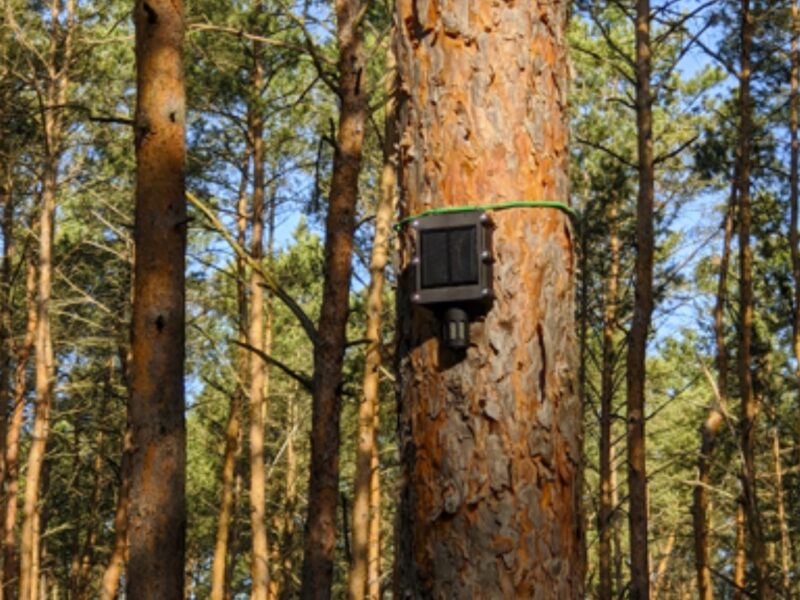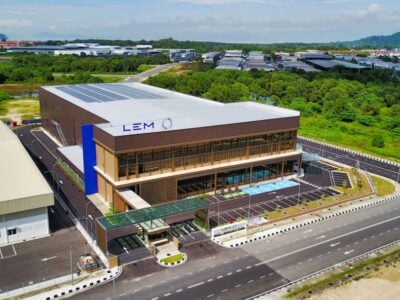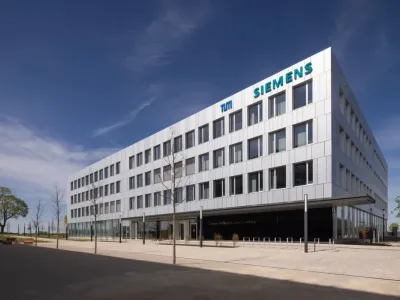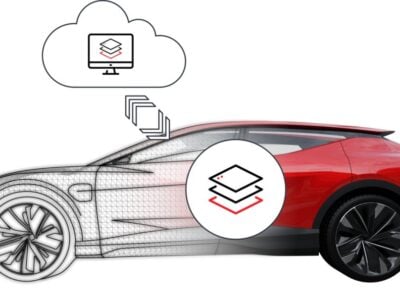
Dryad hunts the firestarters
German environmental IoT startup Dryad Networks has raised €1.8m to develop a large-scale IoT network for the early detection of wildfires in remote forests.
The technology is based on the LoRa standard wide area low power network (LPWAN) technology, with sensors connecting to a series of gateways, all solar powered. The key for Dryad is the LoRa gateways use a mesh network to link back to a ‘border gateway’. This provides the link back to a 4G or satellite NB-IoT connection, and allows the sensor network to span remote forests in an ‘Internet of Trees’.
Camera and satellite-based solutions can take several hours or even days to identify a fire as they rely on the smoke plume developing enough to be detected from a long distance.
The Berlin-based team has demonstrated a proof of concept in a forest in Germany using the 1302 transceiver from Semtech and Maxwell supercapacitors from Tesla to avoid using lithium ion batteries.
“We don’t modify the standard, that’s very important otherwise we would lose the key advantage of the standard which is to use the third party sensors,” said Carsten Brinkschulte, CEO and co-founder of Dryad. “We are putting the mesh into the gateway – that means we have not changed the communication protocols between the nodes so they use the native LoRa 1 protocol. We have instead a proprietary gateway to gateway protocol – this gives increased coverage and we maintain compatibility with any third party sensor or actuator as it is a two way link,” he said.
“This is essential for the use case of the forest and ultra-rural areas. We can place a gateway at the edge to connect to 4G or satellite and the rest of the gateways connect to the border gateway.”
“There is no real hard limit on the number of sensors as it depends on the frequency of measurements, the throughput and the bandwidth. With fire sensors with no data you can have hundreds of thousands or millions. Our own sensors have a low bandwidth, variants that provide environmental data such as humidity and temperature, at most once a day.”
“But we will need a very large number of sensors which is why we are working on a very low cost hardware design to make them affordable. You don’t need to cover every hectare – the fire use case places the sensors in areas that are prone to start, which unfortunately is where humans are,” he said. “We use supercapacitors as we don’t want to bring lithium ion firestarters into the forest.”
The solar-powered sensors use AI to detect gases emitted in the smoldering stage of a wildfire as well as temperature, humidity and air pressure. Data is only sent when a fire is detected, allowing an almost unlimited number of LoRa sensors to be deployed, he says
A cloud-based dashboard is then used to analyze and monitor a wide range of indicators and alert forest managers.
“Our vision is to deliver an effective communications architecture for even the most remote forests and make sub one-hour wildfire detection the new reality,” said Brinkschulte. “Using a solar-powered, distributed mesh IoT network capable of covering vast expanses of forest where mobile network coverage is lacking will radically transform the way forests can be monitored and managed.”
The four investors participating in the seed round are: STIHL Digital, the investor arm of the STIHL chainsaw multinational; German energy firm LEAG; impact investor ISAR AG; and VC firm Brandenburg Kapital.
The technology is also suited to remote areas such as the oceans, for example for a tsuami warning system. “Solving the problem of wildfires is so big there’s plenty for us to do over the next few years,” he said.
Related articles
- BATTERY FREE TENG ALARM MONITORS FOREST FIRES
- AIR QUALITY MEASUREMENT GETS PERSONAL
- LoRa GATEWAYS TO DRIVE CLOUD IoT MARKET FOR OPERATORS
- SINGLE CHIP INTEGRATES LORA TRANSCEIVER, GNSS AND WI-FI SCANNING
Other articles on eeNews Europe
- China set to block Nvidia-ARM deal
- Trade war risks for wafer supply
- Renesas signs deal with open source ARM competitor
- Ultra-compact radar sensors to advance industrial sensor technology
 If you enjoyed this article, you will like the following ones: don't miss them by subscribing to :
eeNews on Google News
If you enjoyed this article, you will like the following ones: don't miss them by subscribing to :
eeNews on Google News



